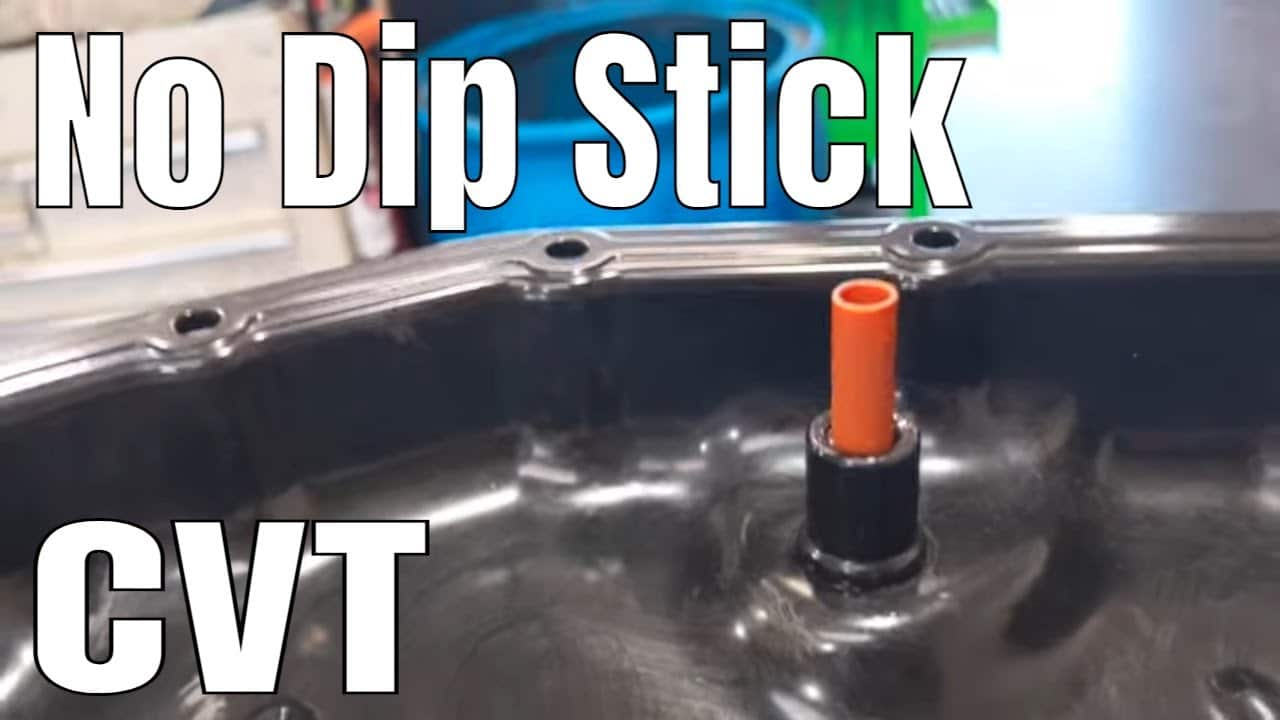Toyota vehicles are known for their durability and longevity, but like any vehicle, they require regular maintenance to keep them running at their best. One important aspect of maintenance is checking and changing the transmission fluid. In many vehicles, this is a straightforward process that involves checking the fluid level with a dipstick, but in some Toyota models, the process is a bit different.
Why Toyota CVT Transmission Fluid Check is Different
CVT stands for continuously variable transmission, which is a type of transmission that uses a belt or chain to change gears. Unlike traditional automatic transmissions that have a fixed number of gears, a CVT can change gears seamlessly, resulting in a smooth driving experience. However, because of the way CVT transmissions work, they require a different type of fluid than traditional transmissions.
In addition, many Toyota models with CVT transmissions do not have a traditional dipstick for checking the fluid level. Instead, the fluid level is checked electronically through the vehicle’s onboard computer. This can make it a bit more challenging for the average vehicle owner to check and change the fluid, but it’s still a relatively simple process that can be done at home with the right tools and knowledge.
How to Check CVT Transmission Fluid in Toyota
The first step in checking the CVT transmission fluid in your Toyota is to locate the transmission fluid check valve. This is usually located on the side of the transmission, near the bottom. The location can vary depending on the model and year of your vehicle, so it’s best to consult your owner’s manual or a repair manual for specific instructions.
Once you’ve located the check valve, you’ll need a special tool called a fluid level gauge. This is a long, thin tool that is inserted into the check valve to measure the fluid level. The gauge will have a scale on it that will indicate the fluid level.
It’s important to note that the fluid level should be checked with the vehicle running and at operating temperature, as the fluid level can vary depending on the temperature. It’s also important to check the fluid level when the vehicle is parked on level ground, as the fluid level can vary depending on the vehicle’s position.
What to Do If the Fluid Level is Low
If the fluid level is low, it’s important to add more transmission fluid as soon as possible. The type of transmission fluid recommended for your specific vehicle will be listed in your owner’s manual or a repair manual. It’s important to use the correct type of fluid, as using the wrong type of fluid can cause damage to the transmission.
It’s also important to note that overfilling the transmission fluid can also cause damage. The fluid level should be checked regularly and should be maintained at the proper level, as indicated by the fluid level gauge.
Conclusion
Checking and maintaining the transmission fluid in your Toyota is an important aspect of vehicle maintenance. While the process is a bit different for vehicles with CVT transmissions, it’s still relatively simple and can be done at home with the right tools and knowledge. If you’re unsure about how to check the fluid level in your specific vehicle, consult your owner’s manual or a repair manual for specific instructions. Regularly checking and maintaining the fluid level will help ensure that your vehicle’s transmission runs smoothly and lasts for years to come.
[svp]http://www.youtube.com/watch?v=IYugdaOXQA4[/svp]
In this video I’m going to show you how to service and check your CVT transmission in a Toyota Corolla is also applies to some Toyota Camrys. On the CVT transmissions there is no dipstick so you have to pull the fill plug and the drain check plug to check your fluid level.
You can buy CVT transmission fluid and filter on Amazon here: https://amzn.to/3woUbSp


One reply on “CVT Transmission Fluid Check: Toyota “No Dip Stick””
Very nice and straightforward video. I have a 09 Prius and it also has no dipstick, do you think this same technique will work that engine? Thanks.